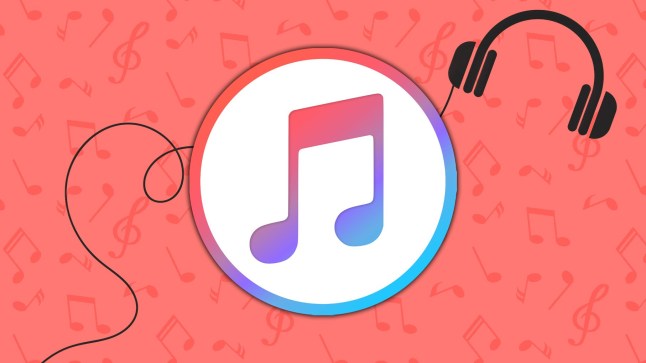
In the age of streaming and subscriptions, the decade in which iTunes dominated feels like a fever dream we’re beginning to forget.
Created in 2001, iTunes allowed users to not only purchase and listen to new music but also load existing CDs into a vast online library.
All the music you could ever want, advert free in a personally collated library with a one-time purchase model that meant you owned — rather than subscribed to — your favourite tracks.
Apple’s flagship music platform has quietly died in the shadows of its sleeker (and more profitable) successor but there could be one last hurrah for iTunes.
The service has become an unsuspecting hero in the LA wildfires for The Hills star Heidi Montag as fans flocked to purchase her album in a bid to raise money.
So how could iTunes become a haven for forgotten albums and smaller artists in the age of highly competitive streaming?
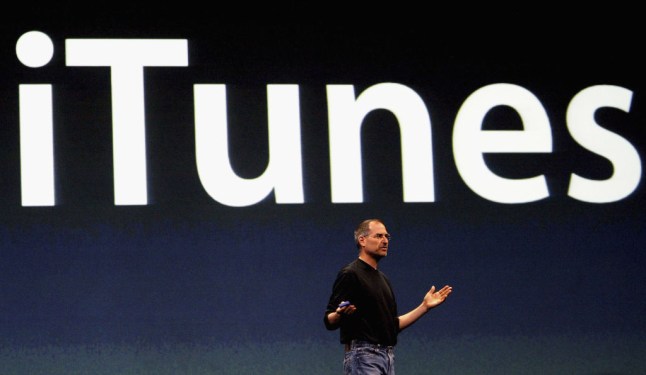
How is iTunes different to Apple Music?
There’s a common misconception that iTunes was simply replaced by Apple Music and the pair are interchangeable but that’s not strictly true.
At the peak of its usage, it contained music, podcasts, TV and movies, which were then physically split into separate apps by Apple.
However, for those who still have the original iTunes app, it functions completely unchanged with everything still available to purchase, including new music.
Unlike Apple Music, the 00s platform works without needing a subscription instead mirroring the older ‘direct to consumer’ model where if you pay for it once, it is yours forever.
However, Heidi wasn’t urging fans to iTunes for a nostalgia trip it was a ‘savvy’ business move as artists can earn ‘significantly more’ than streaming.
For artists like the I’ll Do It hitmaker, this could be a solid business plan says Clayton Durant, an Adjunct Professor of Music Business at Long Island University’s Roc Nation School of Music, Sports & Entertainment.
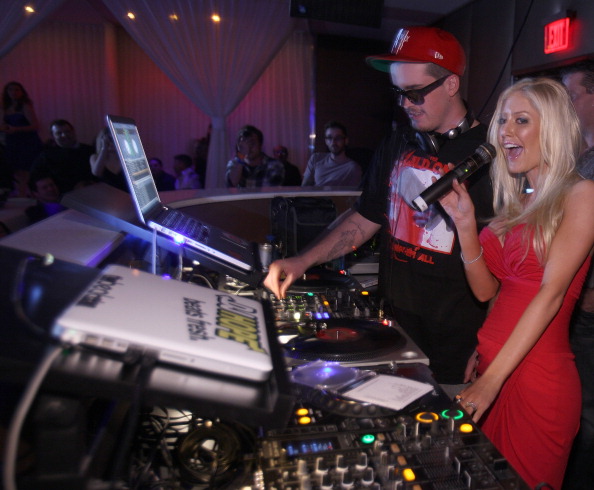
He told Metro: ‘It was actually very savvy that [Heidi] recommended that, and sort of pushed fans there because the money is not getting as convoluted. It’s a much more direct line from payment to artists, sort of like back in the olden days.’
It has been well-documented that streaming yields very little pay for artists — on average $0.001 per stream — unless you are bringing in monthly fans by the millions.
Beats + Bytes and Chartmetric estimate that despite her huge average growth of 30.97% across all tracks on Spotify, equating to around 3,714,173 streams, Heidi has probably only earned around $11,142 (£8,953) since the wildfires began.
Additionally, Heidi would need to sell approximately 357,590 albums at $7.99 each to net $1,000,000, which was predicted by some sources as a potential earning.
There are numerous factors at play here, with there likely being a 30% iTunes cut and a 50% label cut that artists have to contend with.
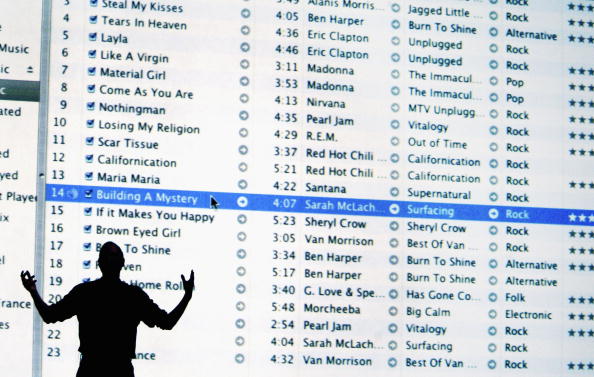
Realistically, even from iTunes or other non-streaming purchases, artists are only earning around £0.80 from each music sale. However, that’s still more than streaming.
‘Spotify’s model is probably one of the greatest economic deals that any company could give a consumer,’ Clayton added. ‘There’s more music on that platform than you could stream in your entire lifetime.
‘The problem is that music as a whole has moved more towards a commodity than an actual product. People love music, they want it, they want their favourite artists to drop a project but when you say “Hey, go purchase an album for £13” that’s just not a conversation anymore.’
So can iTunes actually help artists?
Beyond being a larger immediate revenue, iTunes is rife with opportunities for smaller artists — or forgotten 00s icons — to gain serious ground.
Perdi Higgs, Head of Streaming and Partnerships at label Dirty Hit, believes the platform ‘has become more of a symbol’ than anything else.
More and more we see artists campaigning for a viral TikTok moment — Charli XCX’s Apple Dance or Robbie William’s Rock DJ — but iTunes could be a safer bet.
‘The amount of money that goes into TikTok campaigns is eye-watering,’ she revealed. ‘And the amount of times that it actually converts into a viral hit is basically never, so it’s a bit of a mystery.’
Perdi continued: ‘Getting something to number one on iTunes is mainly a symbolic thing as it’s something that fans can concretely do. If even 100 people buy a song on iTunes in the UK, it will most likely immediately chart.’
The user base is so small, especially since Apple declared it ‘obsolete’ in 2019, that those few purchases can have huge consequences in visibility for artists.
Singer Griff recently celebrated getting her latest song Last Night’s Mascara to number four on the iTunes chart (at £0.59 per download) however within days it was back down at 20.
The chart is so reactive, so easily manipulated that fans can have a real, immediate impact for their favourite artists by doing very little.
‘Streaming a song is not going to move a needle,’ Perdi continued. ‘But if it goes to number one on iTunes? Pop Base or Pop Crave tweets that, then that story reaches a new audience, and then Spotify can be reactive and put it in playlists, and now they’re on the cover of [those] playlists.
‘The weight of iTunes comes through in chart hustles and also building awareness.’
Ryan Edwards, CEO and founder of Audoo, believes bigger artists like Billie Eilish or Taylor Swift use a similar strategy to drive up charts through physical sales.
Physical sales are the equivalent of around 20,000 streams, so shifting these makes a huge impact on where you sit on the charts.
‘Driving its value getting onto those streaming playlists,’ he explained. ‘It gets played more then we increase and increase. It’s almost like that little set of chain reactions. It’s crazy.’
Perdi agreed, adding that if there is a chart battle, fans might see a push for physical sales or even iTunes to really challenge and tip them over the edge.
So why would artists use streaming?
Streaming still has its place and Perdi calls it a ‘massive point of discovery’ for new artists and new music.
‘Streaming is a brilliant thing,’ she continued. ‘If you’re a band with like, 600 monthly listeners, and you get into playlists on Spotify, even once or twice, that can literally change your career.’
Clayton described it as the top of the funnel, to ‘create fandoms’ which eventually push people down into more lucrative areas like tours and merchandise.
From a financial side, of course, the huge artists are less concerned as Anu Pillai, the executive director at the Music Producers Guild, explained: ‘If you’re getting billions of streams, the money it stacks up and because you’re streaming hundreds of songs across different platforms, they obviously make a very good living.
‘But there’s a real middle class of artists, songwriters, producers, that is rapidly disappearing because the amount of money that they make from streaming services is so low.’
Beyond the artist, there are songwriters and producers that also take an even smaller cut of the pie, hence why owning your masters and catalogue becomes such a battle.
He explained that the record labels have always made the largest chunk of profit but ‘there was still just about enough left of the small piece of the pie’ for everyone.
‘The pies got smaller and smaller, and ironically, record labels are making more money again, because they’re the ones who own all the catalogue
‘They’re suddenly making money from things that they don’t have to repackage every year to get people to go and buy it again. They’re just streaming it again, so all this money keeps rolling in.’
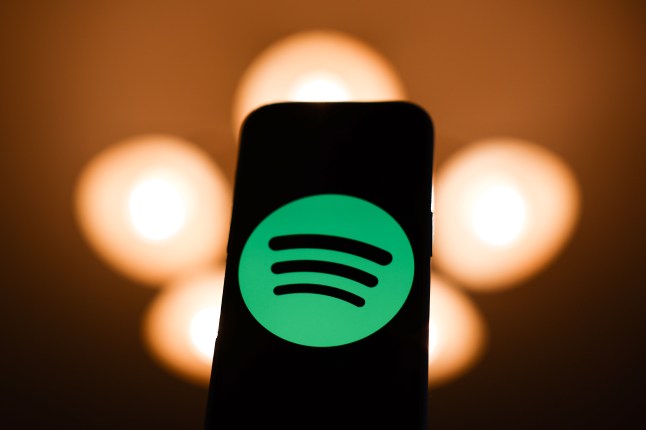
To those aware of how the industry works, this is no surprise but it puts into perspective the recent push artists have had to claim ownership over their back catalogue— or even to sell it off and make a nice lump sum.
Perdi added: ‘Catalogues make labels a lot of money and because of the way that streaming has changed and the way that going viral has opened up to overnight success.
‘I actually think it’s never been more exciting for heritage acts and any song that you’ve ever put out has always got potential now, in a way, I don’t think it has before.’
But who wants to buy outright when Spotify exists?
It goes without saying that all artists benefit from fans purchasing their music directly, going to their concerts, or buying merchandise.
However, not everyone wants to — or can — spend huge chunks of their hard-earned money on a new vinyl or £100 concert tickets.
This is where superfans come in.
For Heidi Montag, she had enough of a fanbase that when she needed help people were willing to dig deep and help pay her way out, resulting in a huge uptick.
People have to fundamentally care enough about the artist that they are willing to part with their cash beyond the subscription services we are already splashing out for.
Ryan explained: ‘If you buy a 12-inch vinyl that counts for like, 20,000 streams, so if you’re releasing your new album, and you want to get it up [the charts…
‘And this is a game where Taylor [Swift] is a genius because she releases her album in 10 different colours, the fans want to buy every single colour.’
Dirty Hit is working closely with artists to close this fan ‘gulf’ between causal listener and superfan, especially with smaller artists who are just starting out.
Perdi shared: ‘Fans are very hyper-aware about being overly marketed to. I think the way that a lot of younger artists are cutting through is just by going back to the sort of roots of authenticity.
‘A lot of artists have very young fan bases and they’ll be streaming an album on Spotify or whatever, but they will buy the records. Cassettes and CDs are still very popular, they symbolise a cheaper thing that a fan can purchase to support an artist.’
iTunes holds this same cheaper space, meaning fans know they’ve directly supported their artist but haven’t broken the bank doing so.
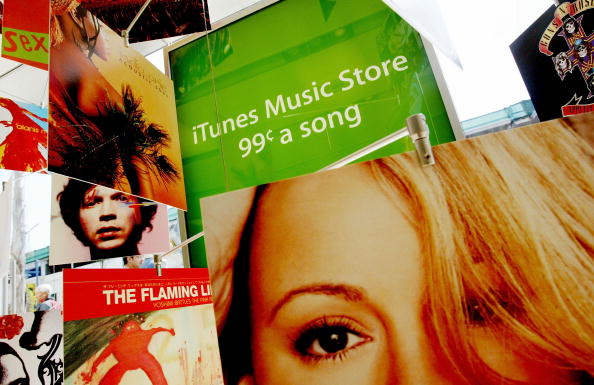
Clayton added: ‘I don’t necessarily see the direct-to-consumer at a mass scale happening, right? Because that would almost be like me saying, “Let’s take away your Netflix and start giving you DVDs back” Nobody is going to want to do that.
‘What the direct-to-consumer is, is it’s a point at which the artists and the business as a whole, need to think about their fans in a much more palpable and deep way, where we’re making deeper level connections with them.’
So maybe in the next few years, we will see iTunes cropping up more often as artists continue to foster deeper relationships with their fanbase.
As for Heidi Montag and her album Superficial, she’s managed to climb into the Billboard chart for the first time; not bad for a decade-old album on an obsolete platform.
Got a story?
If you’ve got a celebrity story, video or pictures get in touch with the Metro.co.uk entertainment team by emailing us celebtips@metro.co.uk, calling 020 3615 2145 or by visiting our Submit Stuff page – we’d love to hear from you.
MORE: Major shake-up to how shoppers buy items at the tills
MORE: Bowling For Soup announce ‘biggest UK show’ after original member retires from band
MORE: Robbie Williams retains record-breaking title despite Better Man box office flop












